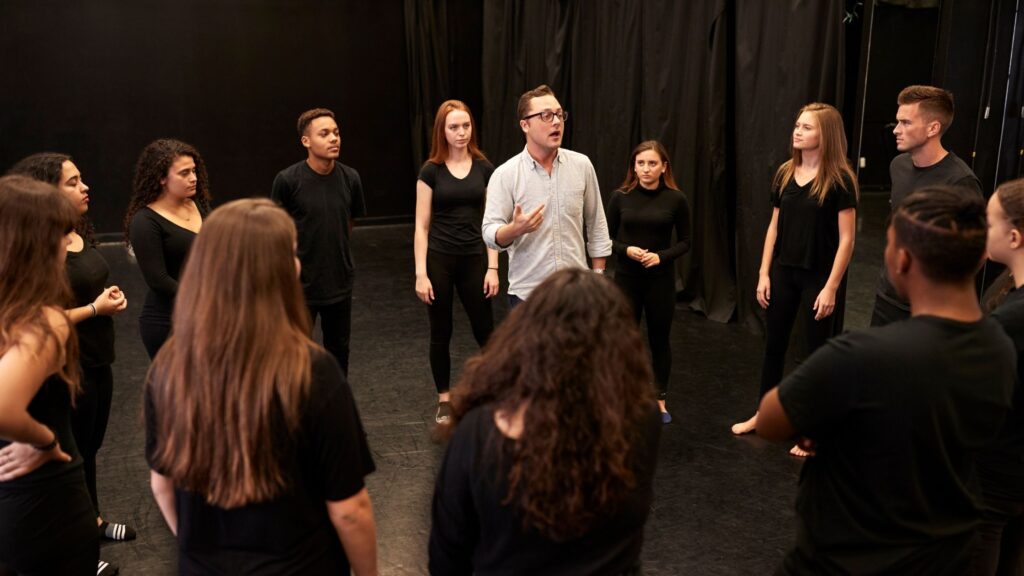[wdm_vimeo_gform_overlay]
A dramaturg is an essential member of a creative team involved in organizing and presenting a performance. The role of dramaturg means working with a theatre director, performing arts producers, and playwrights to ensure that the overall structure of the performance lives up to its potential.
Shanga Parker, Associate Arts Professor at NYU and Performing Arts Industry Essentials contributor, explains dramaturgs’ role in the theater.
Watch the full video above to learn about:
- the definition of a dramaturg
- the role and responsibilities
- result of dramaturgs in productions
- impact of dramaturgs in education
What is the role of a dramaturg in performing arts theater?
The dramaturg is the intermediary between the playwright and the director. When a dramaturg is present in the room, the director can focus on the production. A dramaturg is tasked with providing background information about the author, characters, setting of a play, and its themes. In addition, Dramaturgs perform research on the playwright(s), the historical context of the work, and other contextual information that may help guide actors, directors, and designers during production.
What is the role of a dramaturg in education?
Dramaturgs also teach academic classes from theatre history to criticism. In addition, theatres and theatre companies usually employ dramaturgs to provide contextual information about the author, characters, and themes. At most schools that train actors in the U.S., the theatre department employs one full-time dramaturg. Universities also use dramaturgs outside of their theatre departments. For example, they teach courses in playwriting or related subjects such as directing or literature.
Want to learn how to become a dramaturg? Visit our career page to learn about the job growth, average annual salary, impact, and your next steps to get started. Are you interested in exploring performing arts opportunities? Download The Ultimate Performing Arts Career Guide to match your passions with a career path.




